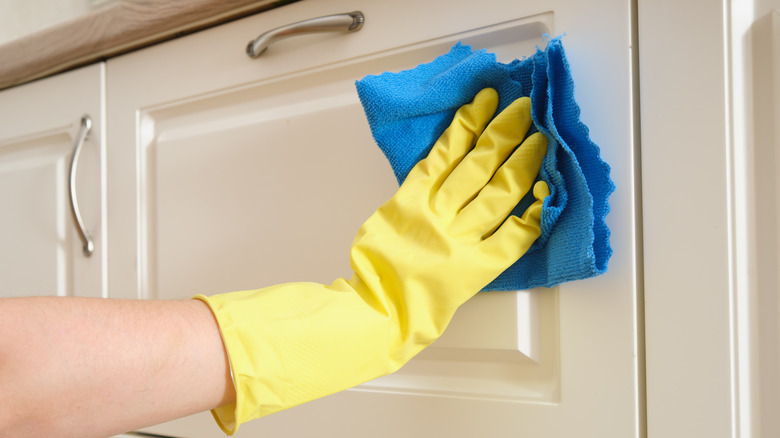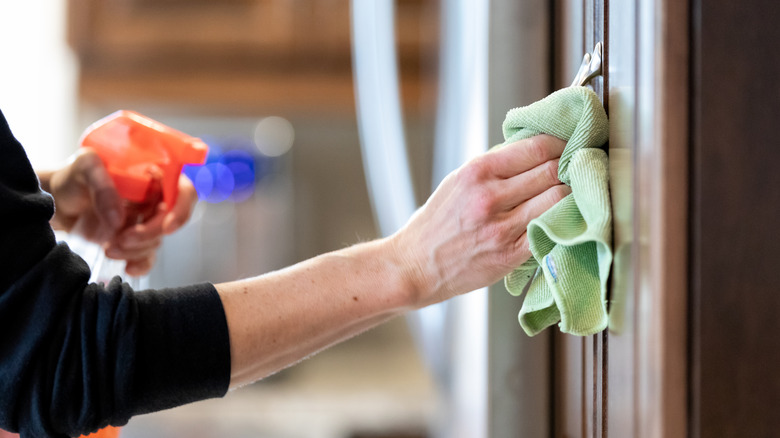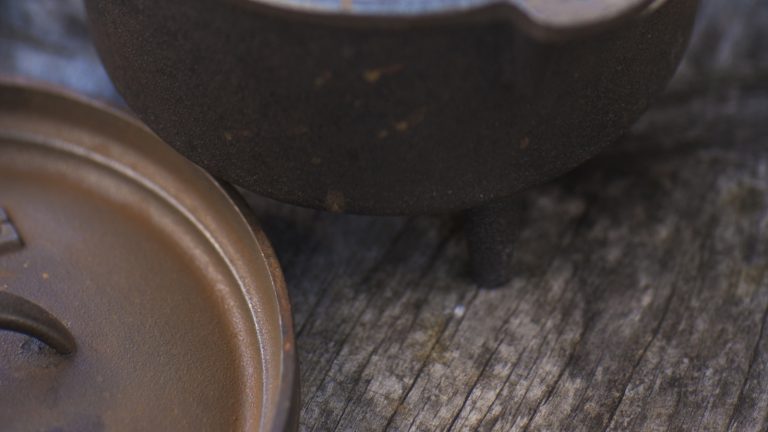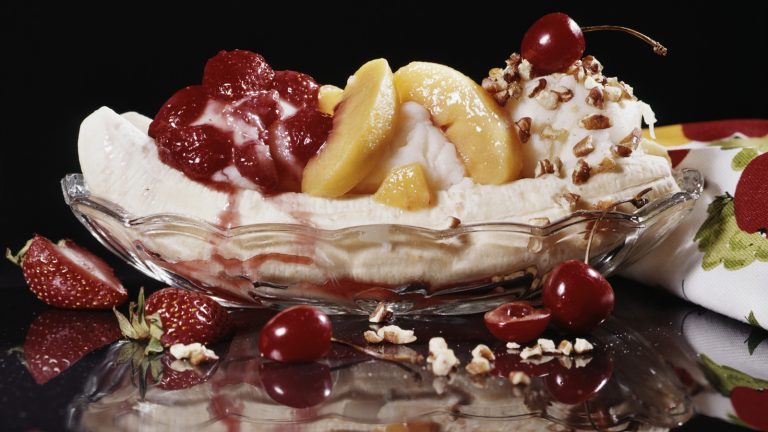Kitchen cabinets are beaten up on a daily basis by droplets of oil, sticky fingerprints, and dust accumulation. These are just a fraction of the culprits that leave unsightly stains. And while cleaning frequency is important, the wrong approach can end up harming your cabinets’ finish. Excessive moisture, strong chemicals, or scrubbing that’s too aggressive can result in chipped paint, buckled wood, or a dull, uneven appearance.
Regardless of whether your cabinets are painted, stained wood, or laminate, maintaining their sleek finish starts with gentle cleaning. That means not soaking your cabinets in water or all-purpose cleaners, and being gentle with where and how you clean, especially around the areas that endure the most stress. Cleaning your cabinets properly will not compromise their integrity or beauty. And it doesn’t require special cleaners or hours of extra work, only good habits and the right tools. Here’s how to do it quickly and safely.
Cleaning tips to prevent chipping or cracking
To clean your cabinets without damaging their finish, start with a soft cloth and a mixture of warm water and just a few drops of dish soap (Dawn is excellent at removing stubborn grease). Resist the urge to use a ton of soap. This cleaning solution is safe for most cabinet finishes and won’t strip paint or sealants. Soak the cloth, wring it out, then wipe down cabinet surfaces. Don’t spray any cleaners directly onto cabinets as they will seep into edges and seams, and the water will settle behind the finish. Spray them onto your cloth first instead.
For painted finishes, scrubbing too aggressively or using abrasive sponges will strip the finish. For the particularly stubborn stains, spot cleaning is your best option. When you see a fingerprint or food splatter, tackle it immediately before it has a chance to set or stain. A damp cloth will most likely do the trick. For oily stains, avoid using diluted vinegar on your cabinets. Instead, opt for a pH-neutral cleaner that won’t damage paint or wood. Dry the cabinets with a microfiber cloth as soon as they are cleaned, as leaving the surfaces wet can lead to cracking eventually.
Protecting cabinet hardware and finishing touches
Metal knobs and handles can rust when they come into prolonged contact with water and acidic cleaning agents, especially if they are old. You can prevent this by wiping cabinet hardware clean with a damp cloth and using a dry cloth to remove excess moisture. To keep your cabinets in their optimal state for as long as possible, don’t subject them to too much moisture. Don’t splash the bottom cabinets when you mop, and don’t place wet towels on your cabinet doors either.
For long-term care of open grain or natural wood cabinets, use finish-safe wood polish. Apply this every few months to keep cabinets grime-proof and shiny. After all, they are a focal design point in your kitchen, and if they’re visually pleasing, that completes the entire appearance of the room. With proper methods, the finish of your cabinets can stay clean, functional, and aesthetically pleasing for many years to come.







